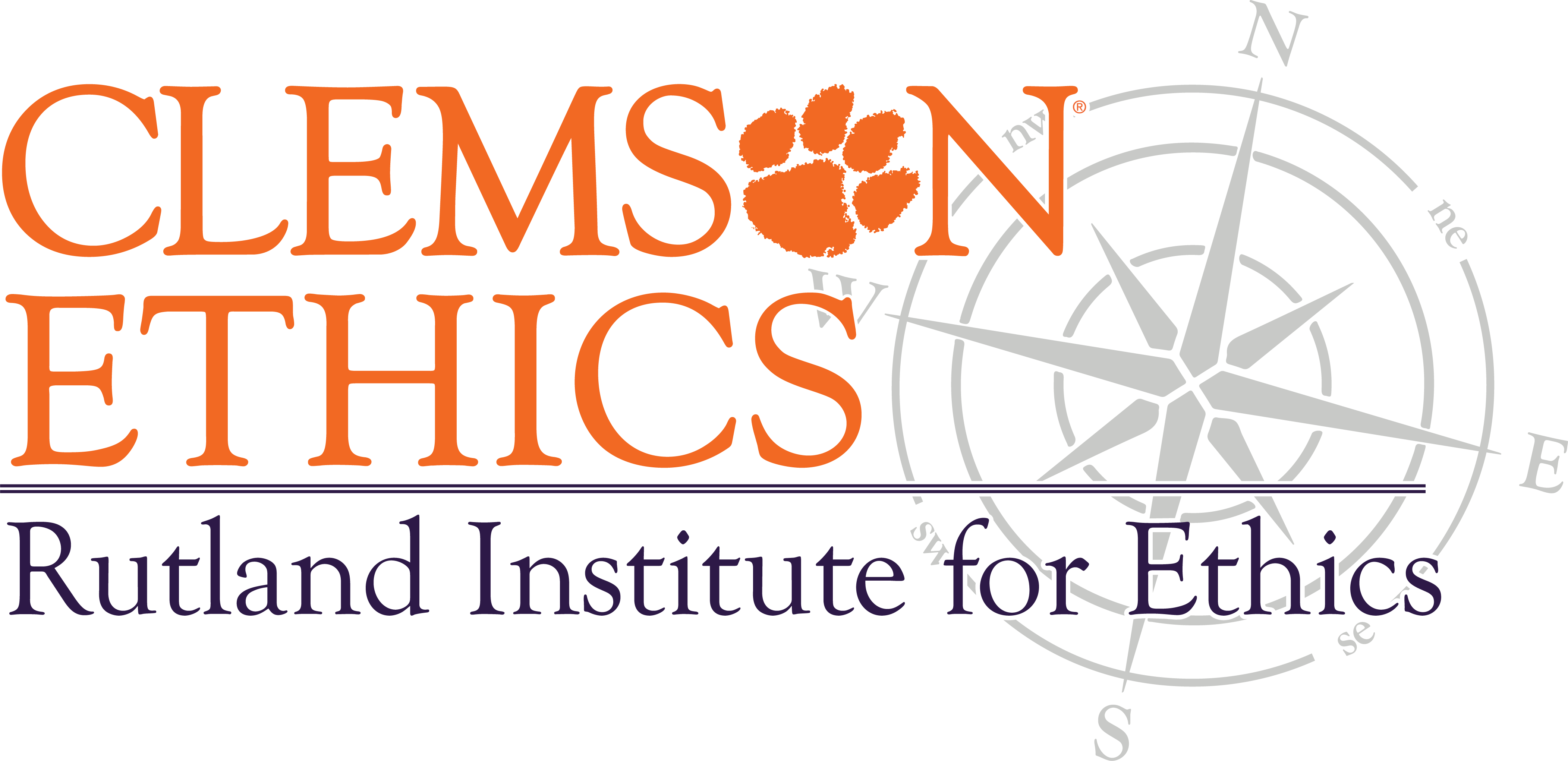STAR Decision-Making Model

STAR Decision-Making Model
Stop – Recognize, Identify, and Develop
Test – Use at least three of the following six ethical tests
- Harm Test
- Legality Test
- Precedent Test
- Respect Test
- Golden Rule Test
- Peer or Colleague Test
Act – Make a Decision
Reflect – Consider the Outcome, Take Responsibility, and Adapt for the Future
Watch our short video series introducing the STAR Decision-Making Model!
When confronted with an ethical dilemma, use the STAR Decision-Making Model for help in determining a solution:
S = Stop
Take the time to recognize the ethical problem and all of the issues surrounding and contributing to the problem. Identify the stakeholders (those affected by the problem) and the impact the issue is having. Develop at least three solutions to the problem.T = Test
For each potential solution, use at least three of the following tests. For maximum effectiveness, it is best to use all of the tests.
- Harm Test – Does this option do less harm than the alternatives?
- Legality Test – Is this option legal?
- Precedent Test – Does this option set a precedent, which, while the outcome in this fact pattern may not be problematic, would create a dramatically different outcome in another fact pattern?
- Respect Test – What would someone you respect or hold in high regard say if he or she learned of this option?
- Golden Rule Test – Would I still think the choice of this option good if I were one of those adversely affected by it? How would I want to be treated?
- Peer or Colleague Test – What do my peers or colleagues say when I describe my problem and suggest this option as my solution?
A = Act
Using these tests as a lens to gain insight into your dilemma, make a decision and act upon that decision.
R = Reflect
Now that you’ve made a decision, take responsibility and own the decision. Pause to reconcile the solution with anticipated outcomes and reflect on what you’ve learned from the process. If necessary, adapt and modify your decision to secure the most positive results possible.

